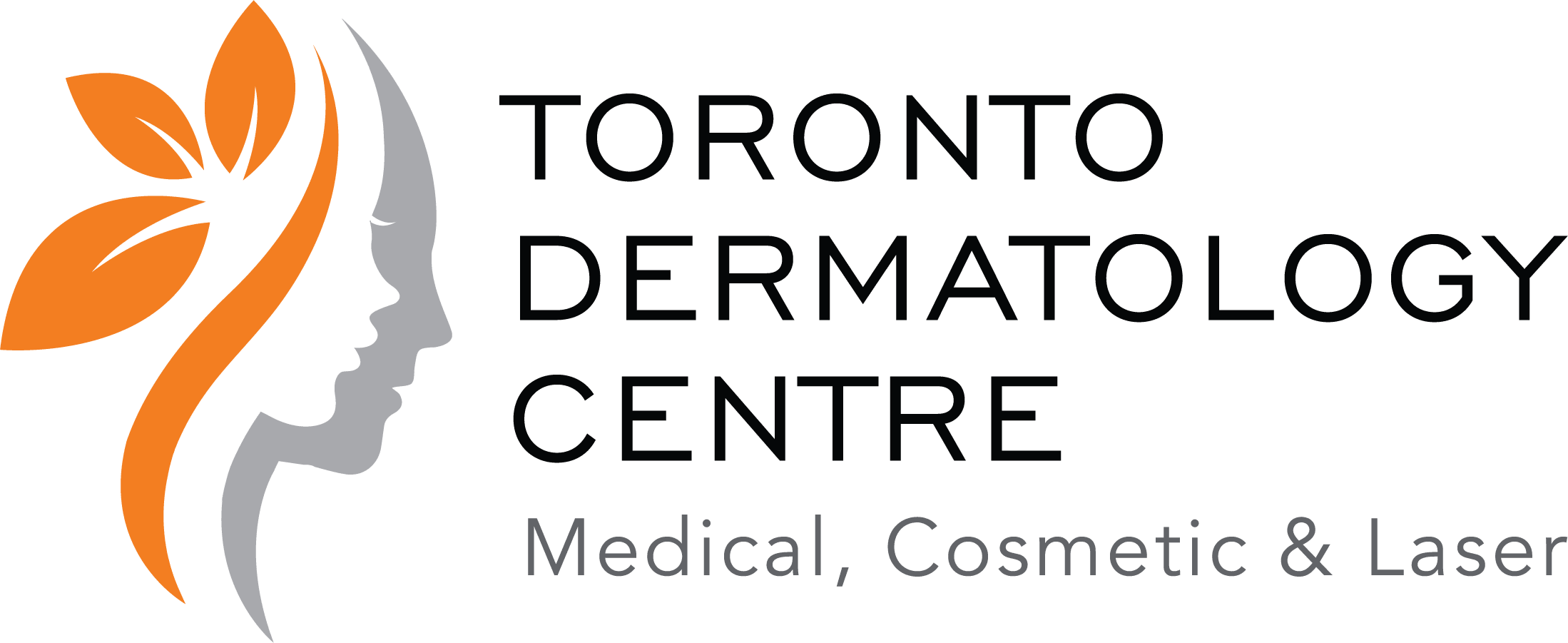Over the past several years, hydroquinone has become a controversial skin-care ingredient for topical use. What is known for certain is that hydroquinone is a strong inhibitor of melanin production and for over 50 years has been established as the most effective ingredient for reducing and potentially eliminating brown skin discolorations on skin often referred to as sun damage, melasma, or post-inflammatory hyperpigmentation.
In different concentrations hydroquinone inhibits or prevents skin from making the enzyme responsible for triggering melanin, the chief pigment that gives skin its colour. What is confusing to the consumer is the exaggerated information about possible negative side effects from using hydroquinone products. A closer look at the research indicates problematic skin reactions are rare and, more often than not, minor.
The most startling risk is a skin disorder called ochronosis which is a bluing discoloration of the skin. Although that’s scary stuff, it’s important to keep in mind that with millions of gallons of hydroquinone used over the past 50 years, only a handful of ochronosis cases have been directly associated with using hydroquinone. What’s more, these cases have been a result of long term use of high concentrations, or of using hydroquinone products that have been laced with dangerous ingredients.
Hydroquinone-based products were banned in South Africa years ago where the most severe problems occurred. However, hydroquinone products in South Africa and other African countries were found to also contain mercury and glucocorticoids, among other caustic and illegal contaminants, which is believed by many to be the cause of the serious side effects seen.
Countries that are part of the European Union have banned hydroquinone chiefly on the basis of these reports. This ban is frustrating to many because when properly formulated and used for appropriate periods of time, hydroquinone is not a harmful ingredient and there is no substantiated research proving otherwise.
Questions concerning hydroquinone in terms of it being a carcinogen have also received some attention. Increased cancer incidence has been shown when hydroquinone was fed or injected into rats in large doses, though with topical use there has been no research showing it to be mutagenic on humans or animals. In reality, there is abundant research showing hydroquinone to be safe and extremely effective.
Interestingly, hydroquinone happens to be a potent antioxidant and there is even research showing that workers who handle pure hydroquinone actually have a lower incidence of cancer than the population as a whole. Ironically, plant extracts such as Mitracarpus scaber (madder) extract, Uva ursi (bearberry) extract, Morus bombycis (mulberry), Morus alba (white mulberry), and Broussonetia papyrifera (paper mulberry) touted as being natural skin lightening agents actually break down into hydroquinone when absorbed into skin, which explains why they have a positive effect. Another natural alternative is arbutin which also, you guessed it, breaks down into hydroquinone in skin.
Whether or not you consider using hydroquinone in a skin-care product is of course up to you. What is abundantly clear is that hydroquinone is a well-researched ingredient, used for many years around the world, incredibly effective for its intended purpose, and that no other skin lightening ingredient compares to its effectiveness.
Rest assured that if one of Toronto Dermatology Centre’s amazing dermatologists recommends hydroquinone, they are offering a safe and effective option to get rid of hyperpigmentation on your skin!
~ Sheri Roselle, Medical Esthetician at Toronto Dermatology Centre
